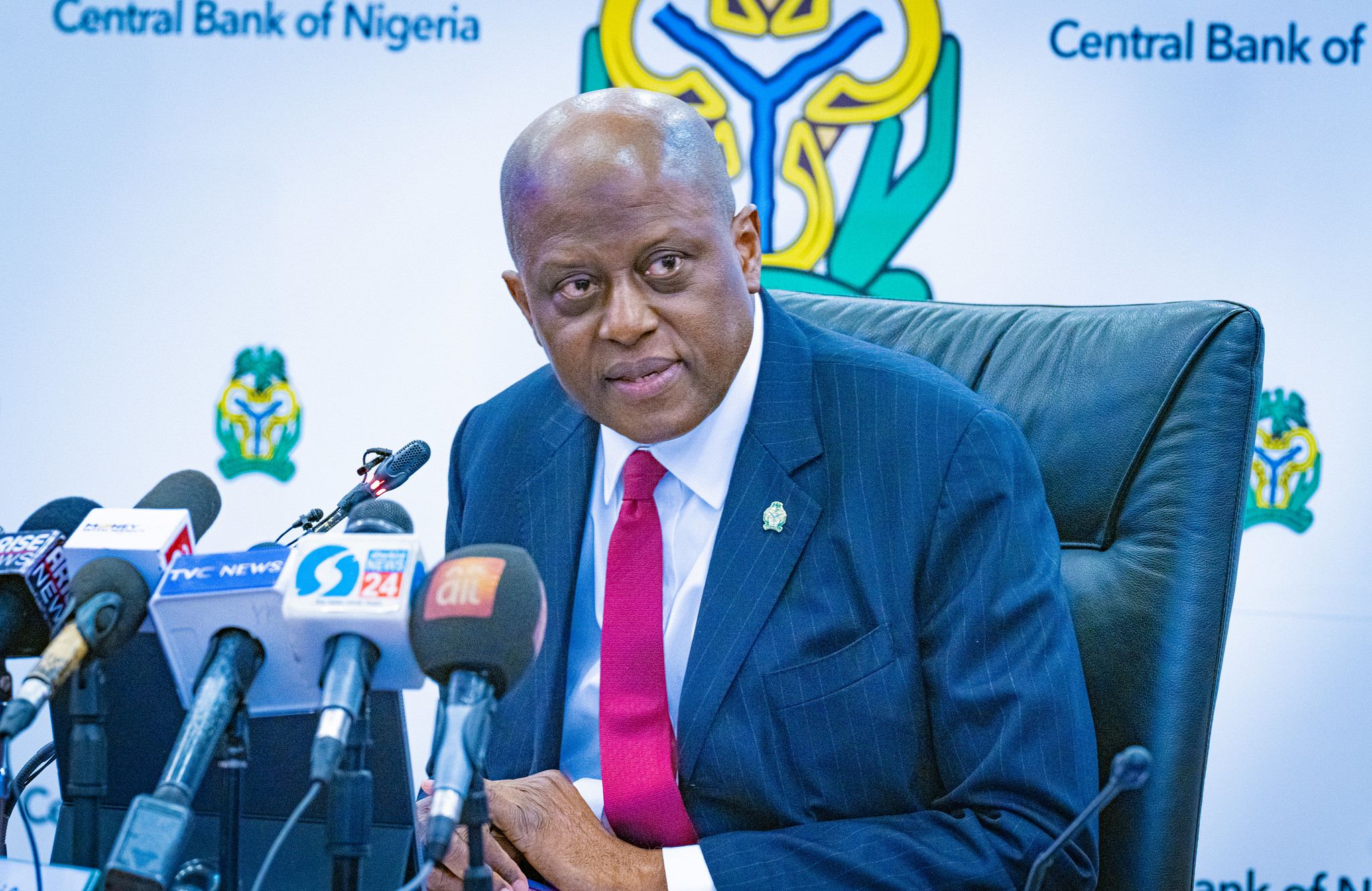Monetary Tightening Meets Fiscal Friction in Nigeria
Nigeria’s cost squeeze persists as USDNGN steadies near 1,465 and NGE tracks selective equity strength; one-year bills ~21% and 10-year yields ~15.6% flag elevated risk premia while bank fees and layered taxes compress real-sector margins.

Nigeria’s October 2025 Business Expectations Survey signals a private sector trapped in a high-cost, low-credit equilibrium driven by elevated bank charges, layered taxation, and volatile energy costs. The composite sentiment index fell to 29.4 from 31.7, indicating weaker operating confidence despite early signs of macro stabilisation.
Real GDP growth is projected near 2.9% in 2025, headline inflation decelerated to 18.0% year on year in September after six consecutive monthly declines, and the policy rate stands at 27.00% following a 50-basis-point cut in late September. Disinflation is material, but nominal rates remain restrictive, sustaining high real borrowing costs and compressing working capital across mid-sized firms.
Mechanically, liquidity stress originates in banking system funding and is transmitted through fee structures. Elevated reserve requirements and risk premia keep banks’ marginal funding costs high; maintenance, transfer, and cash-handling charges push those costs onto firms. On the fiscal side, overlapping federal and state levies raise compliance overheads and increase the effective marginal tax on formality, depressing scale incentives. Energy deregulation is a third channel: diesel-linked logistics remain expensive, while grid tariffs have risen, limiting the passthrough benefits from a stabilising exchange rate. Together, these frictions widen the spread between firms’ cost of capital and expected returns, especially for manufacturers and consumer-facing businesses with limited pricing power.
Macro transmission is visible in investment, credit allocation, and risk premia. Private fixed investment remains near 13% of GDP, suppressed by double-digit real rates and policy uncertainty. At the front end, one-year Treasury bill yields trade around 20–21%; the 10-year Federal Government bond yield holds near 15.6%. The curve shape reflects tight liquidity and precaution rather than imminent stress, but the all-in cost of debt still deters capex and inventory rebuilding. The naira has stabilised, with USDNGN around 1,455–1,475 on the official window and the street rate near 1,495, compressing the gap to below 3%. The narrower spread reduces disorderly currency risk but does not yet restore the confidence required for term lending.
Sectoral impacts are uneven. Banks benefit from wide net interest margins and defensive balance sheets; loan-to-deposit ratios remain around the mid-50s with short tenors, indicating cautious intermediation. Large consumer and telecom names can absorb higher fees and taxes through scale efficiencies, but smaller industrials and distributors face shrinking margins and lengthening cash-conversion cycles. Oil receipts have modestly supported FX supply, yet non-oil sectors—where employment elasticity is highest—carry the adjustment burden via power unreliability and tax fragmentation. The result is a narrow, financially led market resilience alongside real-sector softness.
The policy mix explains the stall. Monetary tightening has anchored expectations but cannot resolve cost-push inflation rooted in logistics, energy, and compliance. Without fiscal simplification—merging overlapping levies, broadening the base, and improving administration—high nominal yields will continue to crowd out productive credit. The credit channel remains clogged: lending rates above the policy rate and layered fees keep the effective cost of borrowing prohibitive, while elevated reserve requirements constrain transmission even as systemic liquidity appears adequate. Absent coordination, the economy risks entrenching a dual structure of profitable financial intermediation and underperforming real output.
For markets, valuation resilience masks fragile breadth. The NGX All-Share Index is up more than 43% year to date as of 16 October 2025, lifted by rate-sensitive financials and a handful of large caps. The Global X MSCI Nigeria ETF (NYSEARCA:NGE) tracks this improvement but still trades at a discount to broader frontier benchmarks, reflecting embedded policy risk. International participation remains selective, focused on liquid names and near-cash carry, pending clearer evidence that reforms compress operating costs and stabilise real returns.
The forward test is measurable over the next 12–18 months. Confirmation of traction requires headline inflation sustaining below 15%, the 10-year FGN yield trending toward 13–14%, and private-sector credit growth exceeding 15% year on year with longer average tenors. A concurrent narrowing of the official-parallel FX gap to within 5% would validate currency framework credibility. If these metrics align, the business-cost wedge will compress, lifting capex and productivity and nudging growth above 3.5% in 2026. Failure to coordinate fiscal simplification with monetary easing will preserve the current high-charge equilibrium and slow convergence.





